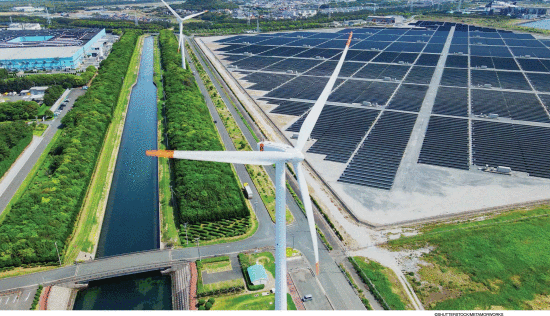The Nature of Power and the Power of Nature (Power Rocks!)
It is truly a major privilege and honor to be given the humbling opportunity to share thoughts and experiences with the power electronics community in a regular feature like this.
It is truly a major privilege and honor to be given the humbling opportunity to share thoughts and experiences with the power electronics community in a regular feature like this.
The world is on the brink of an energy revolution. Conventional energy systems are failing to meet the increasing global power demand and the rising significance of sustainability. Power electronics,

The rapid advancement of technology has led to an increasing dependence on electronic devices, resulting in a surge of e-waste worldwide. E-waste includes discarded electrical and electronic equipment such as

As power systems transition toward renewable energy, inverter-based resources (IBRs) like wind and solar are replacing conventional synchronous generators (SGs) [1]. While this shift supports sustainability, it also introduces new

DC power systems support a more sustainable future by lowering carbon footprints. However, these systems provide significant hurdles in terms of fault protection. DC grids demand faster protection devices because

This year the IEEE Power Electronics Society’s (PELS) Strategic Planning Committee had selected the city of Geneva in Switzerland as the site for its biennial “Future of Electronic Power Processing

Power electronics and digitalization, including artificial intelligence (AI) and information and communication technologies (ICT), are crucial for the green transition by optimizing energy efficiency and integrating renewable energy sources into

In this article we look at how we can most efficiently “Electrify our World” to reduce emissions and meet net-zero goals by using wide bandgap semiconductors. Based on third party